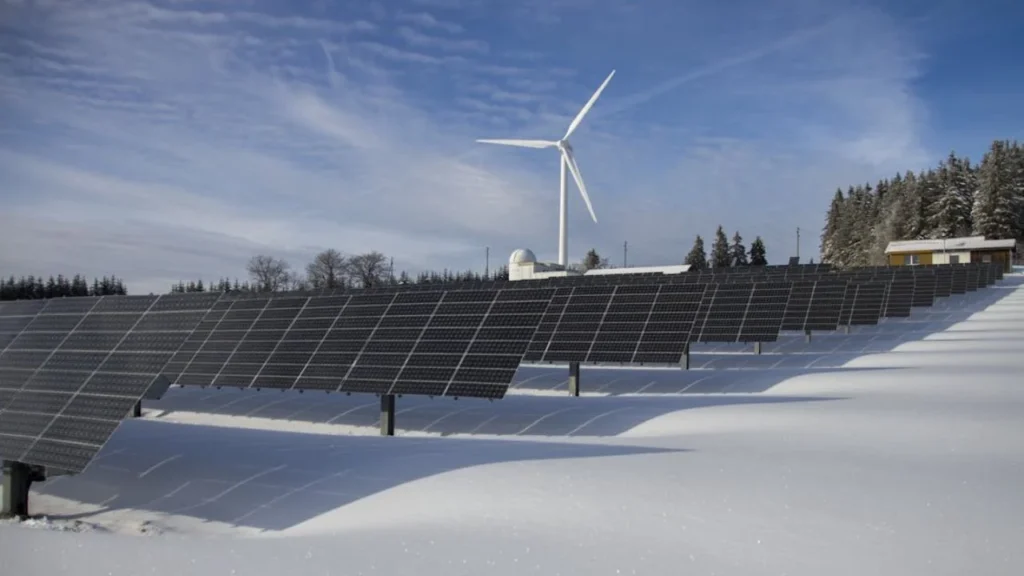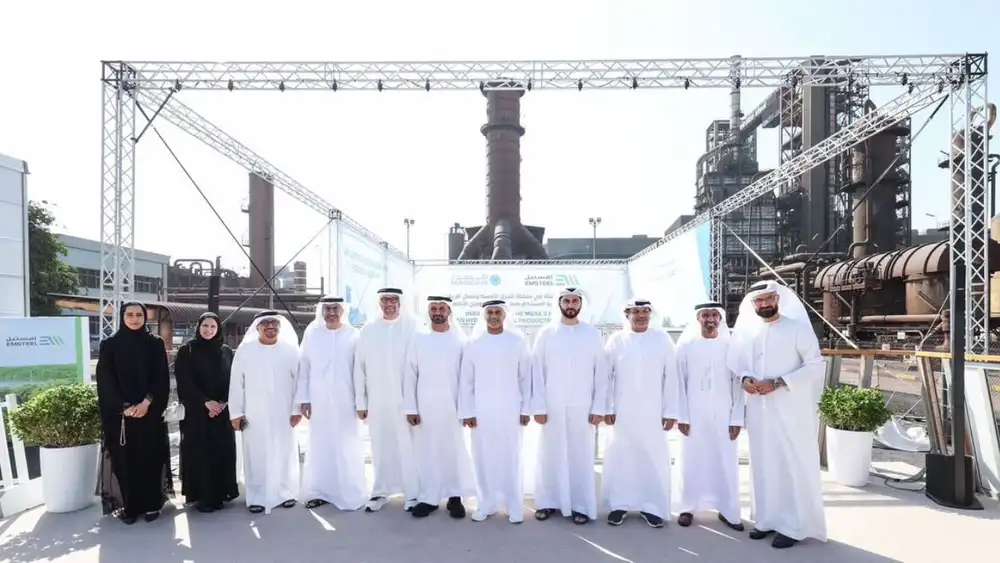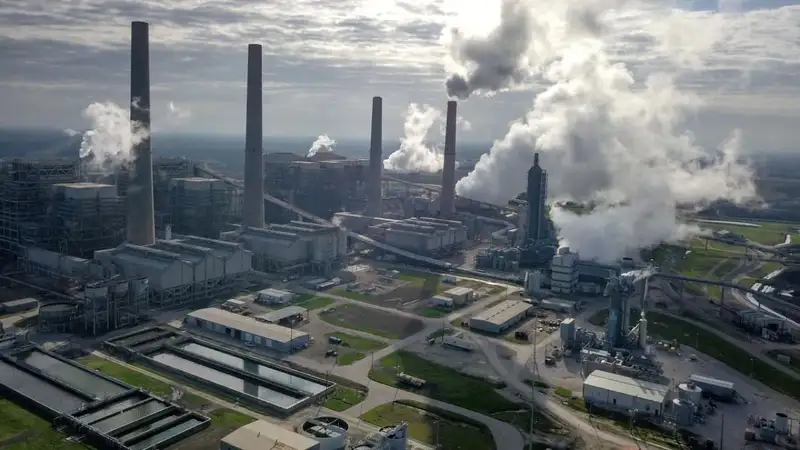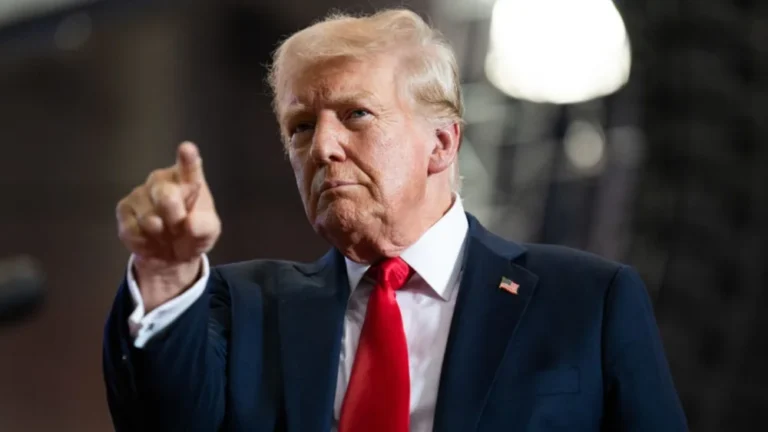
- Clean energy growth will exceed the growth of world energy demand, according to the IEA.
- Fossil fuel demand is set to top off before 2030 and then decline to 58% of energy use by 2050.
- Worldwide investments in renewable energy are expected to balloon to $850 billion by 2030.
- Developing markets must increase clean energy investment to meet climate goals.
Global energy demand will not be able to keep pace with the growth of clean sources of energy such as solar and wind by the end of this decade. Clean energy will surpass fossil fuels as the dominant energy source by the mid-2030s, according to an estimate by the International Energy Agency. The report mentioned that global energy demand has begun to slow down due to efficiency measures, electrification, and the rapid expansion of renewable energy.
The latest publication report by the IEA shows that the world’s energy demand growth has slowed with growth of only 0.5% per year from 2023 to 2035 as against the average growth of 1.4% in the previous decade. It reduces further because of increased efficiency and electrification happening everywhere, but prominently heating and cooling as well as transportation. Renewable energy will jump ahead at a blistering pace, mainly due to solar and wind. This will force fossil fuel demand to peak before 2030.
Also read: GreenGo Secures €33M for Solar Projects in Italy
By 2050, fossil fuels are forecast to account for only 58% of world energy demand, while in 2022 they account for 80%. “Further advance of transitions means that by the end of the decade, the global economy can continue growing without consuming more oil, natural gas, or coal,” the IEA said. The agency estimates investments in renewables will balloon to $850 billion by 2030 from $680 billion in 2023, with global renewable capacity more than doubling in the period.
Under the IEA’s “announced pledges scenario,” where all currently approved energy and climate commitments are assumed to be met, clean energy would cover 40% of world demand in 2035 and nearly 75% in 2050. Applying the much more ambitious net-zero scenario, clean energy would cover 90% of demand by mid-century. The consequence of such trends is expected to be electrification across all sectors and a key role for electrification in decarbonizing the global energy system.
Despite these encouraging trends, the IEA warns that current policy settings and market conditions remain insufficient to support net-zero emissions. Last year, global energy demand grew by about 2%, still supplied by two-thirds from fossil fuels, along with record-high energy-related carbon dioxide emissions.
Also read: UK Solar Industry Needs Circular Economy for Net Zero
Europe is especially feeling the sledgehammer impact of soaring fossil fuel and electricity costs due to the energy crisis of 2022. “Geopolitical tensions are already making visible the weaknesses in the energy system,” said IEA Executive Director Fatih Birol, who added that extreme weather caused by climate change only heightens the risk to energy infrastructure.
Although it is aspired that sufficient spare crude oil capacity together with new LNG projects will help stabilize supply and avoid sharp price shocks, “energy security remains a significant challenge,” the IEA said.
In order to adequately boost the shift towards a net-zero emissions system, the agency indicated that investment in clean energy must be strengthened and increased significantly, especially in developing and emerging markets; these have, to date, accounted for only 15% of total investment in renewables, even though two-thirds of the world’s population resides in such regions. Increasing investments in such regions will prove one essential way to meet climate targets worldwide and ensure an equitable energy transition.
Also read: DNV Launches Phase 2 of Floating Substation Project
According to the paper, the IEA’s report indicates that acceleration of clean energy growth and boosted investment, in particular in developing regions, are necessary. On its own, such growth in renewables could not be enough to achieve the ambitious climate goals for the world. Stronger policy frameworks and more funds for clean energy in the underinvested markets will become crucial to ensure a sustainable and secure energy future.






